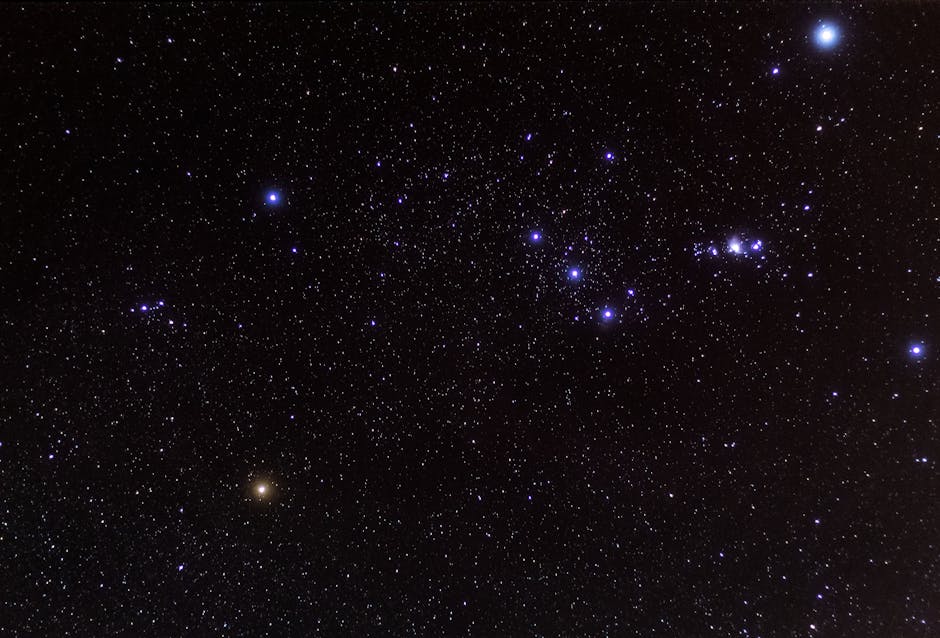
When you picture a star, you likely envision a brilliant, fiery orb, a cosmic furnace blazing with nuclear fusion. It’s an image of immense power, light, and heat, a constant source of energy across the universe. But what if I told you that some stars, or more accurately, the incredibly dense remnants of them, could literally be gigantic diamonds floating silently through space? This isn’t a sci-fi fantasy; it’s a compelling prediction of astrophysics, a testament to the extraordinary transformations that occur in the cosmos.
This fascinating concept emerges from understanding the life cycle of stars, particularly those similar in mass to our own Sun. Our Sun, for instance, is a main-sequence star. For roughly ten billion years, it diligently fuses hydrogen into helium in its core, a process that releases the enormous amounts of energy that sustain our planet Earth and power the solar system. This nuclear engine is fundamental to how stars generate light and heat, contributing to the heavier elements found throughout the universe.
However, even cosmic engines eventually run out of fuel. For stars like our Sun, once the hydrogen in their core is depleted, gravity begins to win the battle against the outward pressure from fusion. The star will then expand into a red giant, shed its outer layers into a beautiful planetary nebula, and finally, its core will collapse inward. What remains is an incredibly dense, compact object known as a white dwarf.
These white dwarfs are truly extraordinary. Imagine taking something with the mass of our Sun – which is approximately 330,000 times the mass of Earth – and squeezing it into a sphere roughly the size of Earth. That’s the kind of mind-boggling density we’re talking about. A single teaspoon of white dwarf material could weigh several tons. The primary composition of these stellar remnants is typically a mix of carbon and oxygen, the ‘ash’ left over from the star’s earlier fusion stages. This material exists under truly unimaginable pressures, far exceeding anything found even in the deepest parts of any planet or moon.
Unlike their main-sequence predecessors, white dwarfs no longer generate heat through nuclear fusion. They are essentially cooling embers, slowly radiating away their residual heat into the cold void of space. This cooling process takes an incredibly long time – billions, even trillions of years. As the white dwarf cools, yet the immense pressure within its core persists, a remarkable physical phenomenon begins to occur. The carbon and oxygen atoms, packed together so tightly, start to lose energy and settle into a more stable, rigid, and ordered structure. This process is known as crystallization.
If you’re thinking of diamonds, you are indeed on the right track. Under these extreme conditions, the carbon atoms specifically can arrange themselves into a crystalline lattice structure identical to that of diamond here on Earth. It’s not just a ‘diamond-like’ material; it is a colossal, stellar-sized diamond, or at least a diamond core. Think of it as nature’s ultimate high-pressure, low-temperature forge, taking the simple element carbon and transforming it into its most precious crystalline form.
A prime example of this theoretical wonder is the white dwarf star BPM 37093, affectionately nicknamed ‘Lucy’ by astronomers, after The Beatles’ song “Lucy in the Sky with Diamonds.” Located about 50 light-years away in the constellation Centaurus, this particular white dwarf is predicted to be a crystallized carbon star with a mass greater than our Sun. While the entire object isn’t pure diamond, its core is believed to have solidified into a gigantic cosmic gem, offering a tangible example of these theoretical marvels. Discovering and studying such objects provides profound insights into the physics of matter under extreme conditions.
The journey from a hydrogen-burning star to a dense, cooling diamond star is a process that unfolds over timescales almost incomprehensible to us. It offers a glimpse into the distant future of stars like our Sun and a deeper understanding of the ultimate fate of much of the ordinary matter in the universe. Eventually, all white dwarfs are expected to cool sufficiently to crystallize entirely, becoming ‘black dwarfs’ – truly cold, dark, and diamond-hard objects, though none are thought to have formed yet, as the universe simply isn’t old enough.
So, the next time you cast your gaze upon the night sky, remember that among the glittering points of light, there might be silent, colossal jewels – the crystallized hearts of long-dead stars, waiting patiently for eons to cool and solidify. It’s a powerful reminder of the universe’s profound capacity for transformation and the stunning beauty hidden within its most extreme environments.